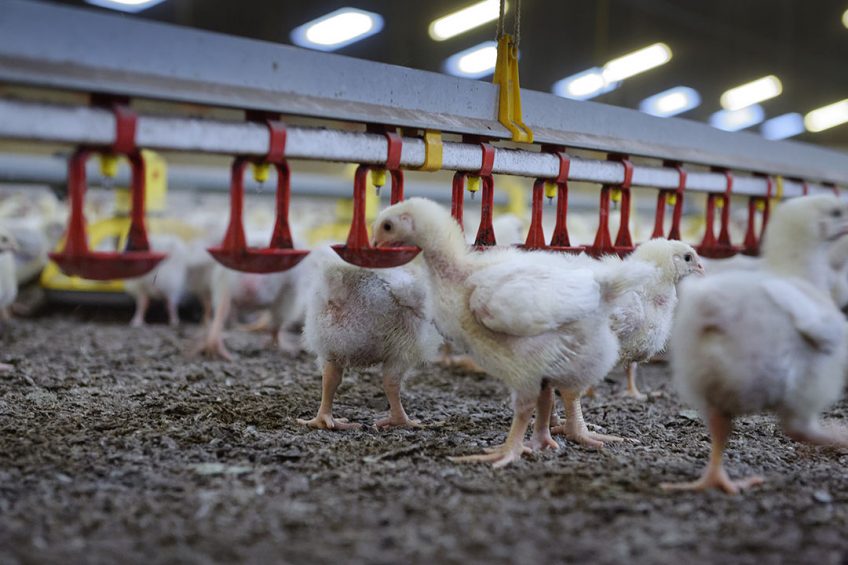Australian chicken meat industry celebrates AMR awareness

The Australian Chicken Meat Federation celebrated World Antimicrobial Awareness Week (18 – 24 November) noting that it is an opportunity for Australians to consider their role in helping to avoid the further emergence and spread of drug-resistant infections.
The Australian chicken meat industry supports the World Health Organization (WHO) in calling on Australians to handle antimicrobials with care, in line with the theme of this year’s global awareness week. “The Australian chicken meat industry has been a global leader in helping to prevent antibiotic resistance through the adoption of responsible use practices and policies since the 1980s,” said Australian Chicken Meat Federation executive director, Dr Vivien Kite. “The industry acknowledges that it has a role to play to prevent the development of antibiotic resistance, while it at the same time has a responsibility to protect and maintain the health and welfare of the chickens in its care, and we are proud of the work that has been done to date, and that is ongoing.”
Antimicrobial stewardship program
The Federation has done much work in the field of antimicrobials, including the creation and adoption of formal antimicrobial stewardship programmes developed and maintained by the 6 companies that produce 90% of Australian chicken meat. Over the past year, AgriFutures Australia supported a project to independently verify the effect of these programmes. The ‘Antimicrobial stewardship verification in the Australian chicken meat industry’ report on this project notes that the principles adopted by the Australian chicken meat industry have been successful in maintaining the low-resistance status of key bacterial species isolated from Australian broilers.
Other work done by the chicken meat industry includes the adoption of the principle that, if antibiotics are to be used at all, they must only be used for therapeutic purposes (to treat, control or prevent disease), and not for growth promotion. The industry has also adopted a policy that no antibiotics that have been determined by the WHO to be critically important in human medicine are to be used routinely in chicken production, and have focused on prevention rather than treatment (vaccinations, farm hygiene and biosecurity). Finally, Australian poultry veterinarians were the first in Australia (and amongst the first in the world) to develop and implement appropriate use guidelines for antibiotics in a food-animal industry.
 UK antibiotics sales for poultry show upward trend
UK antibiotics sales for poultry show upward trend
Challenges from novel pathogens and very poor weather contributed to a slight rise in antibiotic use in the UK broiler and layer sectors last year.
National survey of antimicrobial resistance
Furthermore, and in collaboration with the Australian Government’s Department of Agriculture and Water Resources’ Animal Biosecurity and Response Reform Program, the industry participated in a national survey of antimicrobial resistance in Australian broilers. The study focused on AMR in bacteria of broilers at slaughter from broiler slaughtering plants around Australia. The report concluded that: “The results of this survey demonstrate either nil or substantially low carriage of resistance to antimicrobials used in human medicine. The findings are extremely favourable compared to resistance profiles for chicken isolates described internationally. While the fluoroquinolone resistance in the Campylobacter isolates deserves further investigation, there was a general reduction in AMR observed in comparison with the 2004 study. These results highlight the efficacy of the chicken industry’s past and current antimicrobial stewardship efforts and identify further areas for investigation and improvement.”
The Australian Chicken Meat Federation highlights that “the results show that the Australian chicken meat industry is in an enviable position globally with low and improved levels of AMR and, importantly, low levels of resistance to antimicrobials that are priorities for use in human health.”












